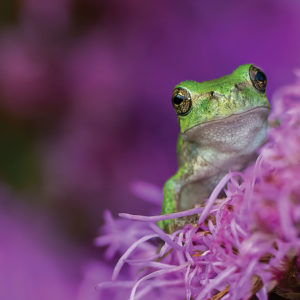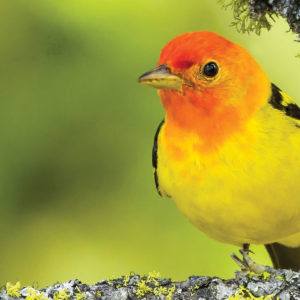March Calendar Image: Silver Fox Kit
Don’t be fooled by its name. The Silver Fox is the exact same species as the Red Fox, Vulpes vulpes. The main difference being colour. Where a red fox has a coppery tone to its fur, the silver fox, while there is a lot of variations in the colour (some being completely black and others mostly silver) is mostly black with silver showing through on the top of its fur.
It is estimated that silver foxes make up about 10% of the Vulpes vulpes population.
On average, silver fox adults can weigh anywhere between 5 to 7 kilograms. Measured from head to tail, they can reach up to a meter long. Their striking silver pelts are very highly valued for their colouring and this has resulted in silver fox farming, where they are raised specifically for profit off their pelts.
Where is the Silver Fox found?
The silver fox, along with the red fox, is one of the world’s most scattered species from the Order Carnivora (these are mammals that are carnivorous and have teeth). From North America, Asia and Europe to Australia, these foxes are able to thrive in many environments varying in temperature and habitat. But similar to the red fox, the silver fox has to owe some of its success and dispersion to humans who brought them from England for the sport of hunting.
The silver fox lives about 3 years in the wild, where they remain very independent. They will often store their food, in order to save it for a rainy day. These omnivores indulge in both meat from rodents or rabbits to plants such as berries. This flexibility is what has allowed the silver fox to thrive throughout the years and across many continents.
Lifespan
The silver fox’s mating season varies depending on their location in the world. Usually occurring in January or February, female foxes, or vixens, can mate with multiple males before deciding on one that she will breed with annually. Silver foxes do not always choose to mate with other silver foxes, and so they may often mate with red foxes.
The gestation period is just under 2 months, with the average number of kits per birth at around 5. It takes 2 weeks until they will open their eyes and another 3 weeks to leave the dens that they were born in. The family stays closely knit until the Fall season. By this point, the kits have reached maturity at 10 months old and will set out to find their own place.



